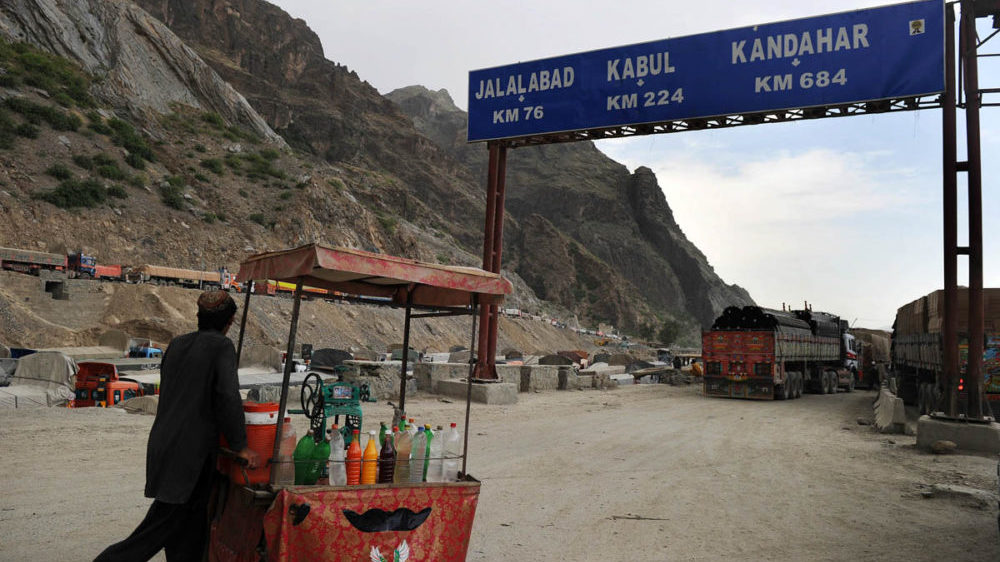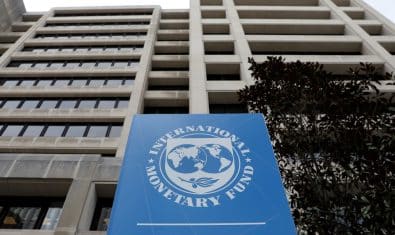Asian Development Bank (ADB) has pointed out major impediments in Pakistan’s competitiveness in cross-border trade, i.e time taken to clear the border, transportation cost, and cost incurred at border clearance.
In its latest report titled “CAREC Corridor Performance Measurement and Monitoring Annual Report 2018″ ADB recommended reducing container dwell time in seaports. The long dwell time at ports of Gwadar, Karachi, and Qasim should be shortened to avoid losing competitiveness to nearby seaports such as Chabahar.
Average crossing times at border-crossing point (BCPs) with Afghanistan (Chaman and Peshawar) are lengthy but have reverted to pre-2017 trends, showing improvement.
Corridor Performance Measurement and Monitoring (CPMM) data for 2018 identified major inefficiencies, including a long dwell time at Karachi seaport, long delays at BCPs due to customs clearance, and relatively high transport costs.
The report has recommended that domestic carriers, fleet operators, stevedores, integrated logistics service providers, and freight forwarders should be included as active stakeholders in this process for a comprehensive private sector perspective.
It further recommended initiating a truck renewal program. The road sector is dominant in Pakistan and road freight costs are high, leading to perennial problems of lack of access to capital and the trucking industry’s low profitability.
Despite the Ministry of Commerce recognizing in 2005 that freight and logistics is an industry, little benefit was accrued to industry players, including access to low-interest financing enjoyed by other recognized industries. Domestic truckers also compete on price and resort to overloading because of thin profit margins. As a result, truckers are unwilling or unable to renew and modernize their fleets: a policy-level examination of financing options and competition issues can address this problem.
The ADB also recommended reducing container dwell time in seaports. Seaports are Pakistan’s main gateway to global trade, with the ports of Gwadar, Karachi, and Qasim playing very important roles. Seaports also have a systematic impact on the time and cost of shipments, and addressing seaport-related issues could yield significant and immediate benefits.
The CPMM samples for 2018 showed that customs procedures in the Karachi seaport took 4-5 days, affecting throughput and resulting in long dwell time, as well as creating other problems such as demurrage.
The ADB recommended examining the potential to increase Central Asian countries’ international transit through seaports. The CPMM observed that transit trade occurred mainly through the Iran-Turkmenistan-Uzbekistan route, where goods then moved to Kazakhstan, the Kyrgyz Republic, and Tajikistan.
However, there were no 2018 CPMM samples of similar movements across Karachi seaport. Policymakers should consider formalizing regional and international agreements, such as the Afghanistan-Pakistan Transit Trade Agreement (APTTA), the Quadrilateral Agreement on Transit Trade, and completing accession to international conventions such as the Contract for the International Carriage of Goods by road.
The current shipment of agricultural products from Pakistan to Tajikistan is cumbersome, requiring different trucks in Afghanistan, Pakistan, and Tajikistan due to a lack of transit agreements among the countries. It is also important to develop PRC-Tajikistan-Afghanistan trade routes, which will facilitate transit from East Asia to South Asia.
Over time, Uzbekistan can attract trade and transit, such as shipments from Afghanistan and Pakistan to Kazakhstan, which may, in turn, lead to trade diversion from sub-corridors. Policies and strategies to improve the competitiveness of the sub-corridor should be considered.
The report states that Afghanistan with its main transit trade gateways through BCPs with Pakistan is still facing serious delays. The border crossing at the Torkham and Spin Buldak BCPs, despite showing improvement compared to 2017, remains time-consuming and costly.
Corridor 5 connects the PRC to the ports of Pakistan, traversing Afghanistan, the Kyrgyz Republic, and Tajikistan. A corridor of strategic potential for connecting East Asia, Central Asia, and South Asia, progress is difficult due to geopolitical tensions, high altitude, and underdeveloped infrastructure. All three sub-corridors move in north-south orientation and link to blue water seaports in Pakistan (Karachi and Gwadar).
Corridor 5 is a time-consuming and costly passageway for cross-border transit. One main problem is that Afghanistan and Pakistan restrict access to each other’s trucks, partly due to the stalled Afghanistan-Pakistan Transit Trade Agreement 2010, which ended in 2015.
In addition, Afghan and Pakistani trucks can’t easily enter Central Asian republics due to security concerns and the lack of harmonized vehicle and transit trade practices – factors that ultimately necessitate a change of trucks at the borders.
The long dwell time of containers at Karachi seaport is also pertinent to these delays: shipments from Karachi to Jalalabad average 10-14 days, with half of this time spent in Karachi seaports due to complicated customs clearance and port congestion.
Afghanistan has traditionally relied on Pakistan for imports and exports, using Karachi as the main gateway. However, there are two problems with this approach: containers are not cleared quickly and typically take 5-7 days to complete customs controls, and border crossing at Peshawar-Torkham (PAK-AFG) and Chaman-Spin Buldak (PAK-AFG) is time-consuming and costly.
Afghanistan has been actively diversifying trade routes such as via Chabahar, Iran to move goods to India due to these problems.

























